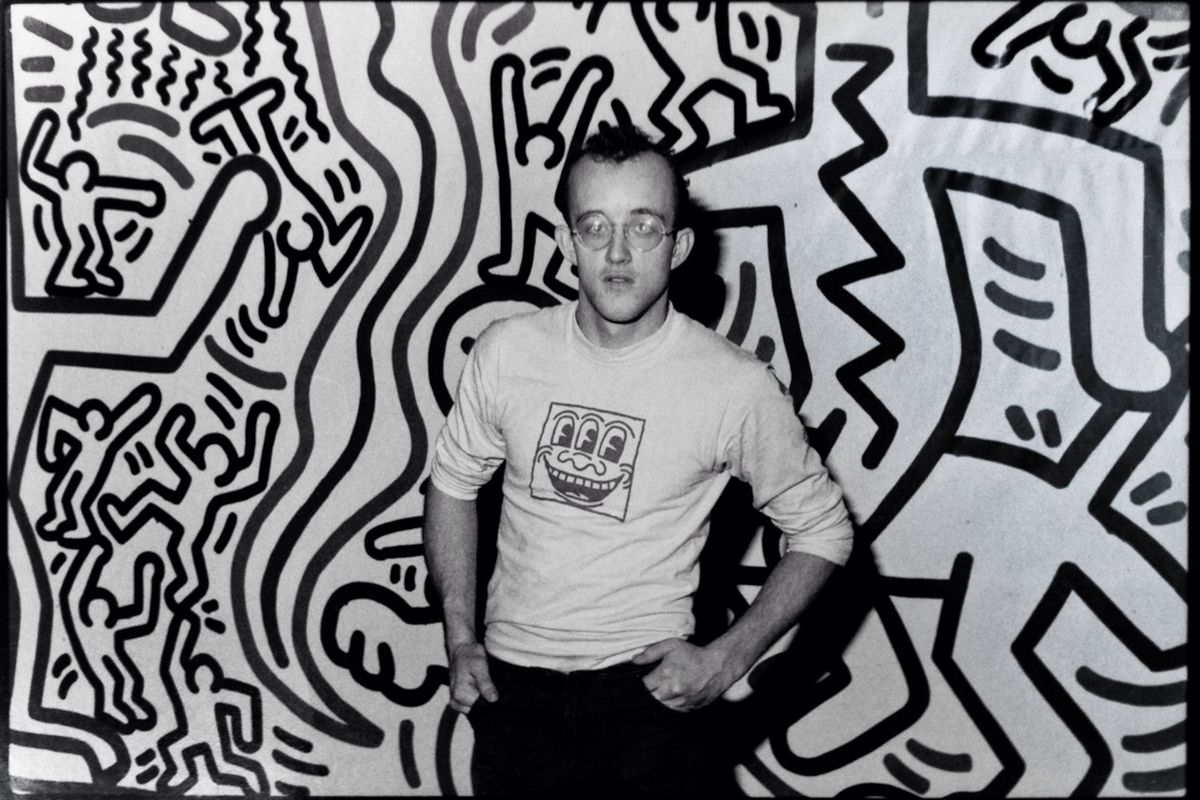Keith haring
New York, NY
Impact's inventory of Keith Haring works is sold privately and is available upon request/further discussion with gallery staff.
Keith haring's story
Keith Haring joined a long but sporadic lineage of twentieth century artists who brought elements of popular culture, "low art" and non-art elements into the formerly exclusive "high art" spaces of museums and galleries. He drew on the techniques and locales of street-based art such as graffiti and murals, employed bright and artificial colors, and kept imagery accessible in order to grab the eyes and minds of viewers and get them both to enjoy themselves and to engage with important concerns. Along with his artist contemporaries Jean-Michel Basquiat and Kenny Scharf, Haring opened the field of possibility for how seemingly simple and even cartoony elements by self-taught or less-schooled artists might be appreciated.
Many understand the overall ethos of street art as a rebellion against the status quo. For Haring this included the elitist fine art world itself. Though technically untrained rural folk art had found a niche, urban street art was only widely recognized after the 1980s commercial success of Haring and others such as Basquiat. Haring's success lent credibility and legitimacy to street art by proving it worthy of exhibition in fine art galleries and museums. As one very powerful example, Haring's didactic, subversive and cartoon-like art opened up the path for underground cartoonist Matt Groening's extremely successful Simpsons franchise (which included the longest running television show in American history, among other media that Groening's characters and images appeared in), a satire on the modern nuclear family and American values.
In the early 21st century on the streets, murals and urban graffiti art are now a worldwide phenomenon, with periodicals and websites dedicated to them as art forms. Successful street artists from the early 1980s paved the way for future street-to-gallery artists such as Shepard Fairey, Banksy, and Swoon. These artists were and are still considered rebels, at times risking arrest and/or censorship to display their often politically charged art in both public and private spaces. By choosing this contrarian path they have in many cases ultimately been able to negotiate better terms for the exhibition and compensation of their work within the usually more closed, elitist circles of the fine art world.

